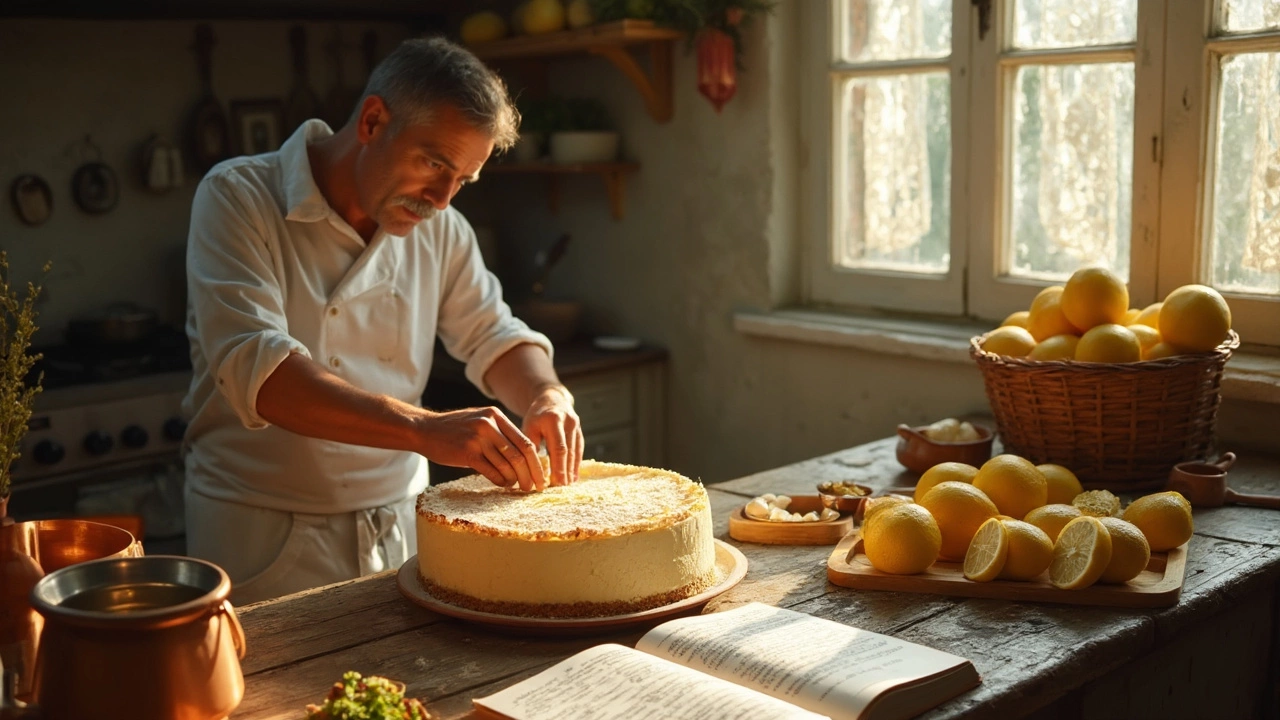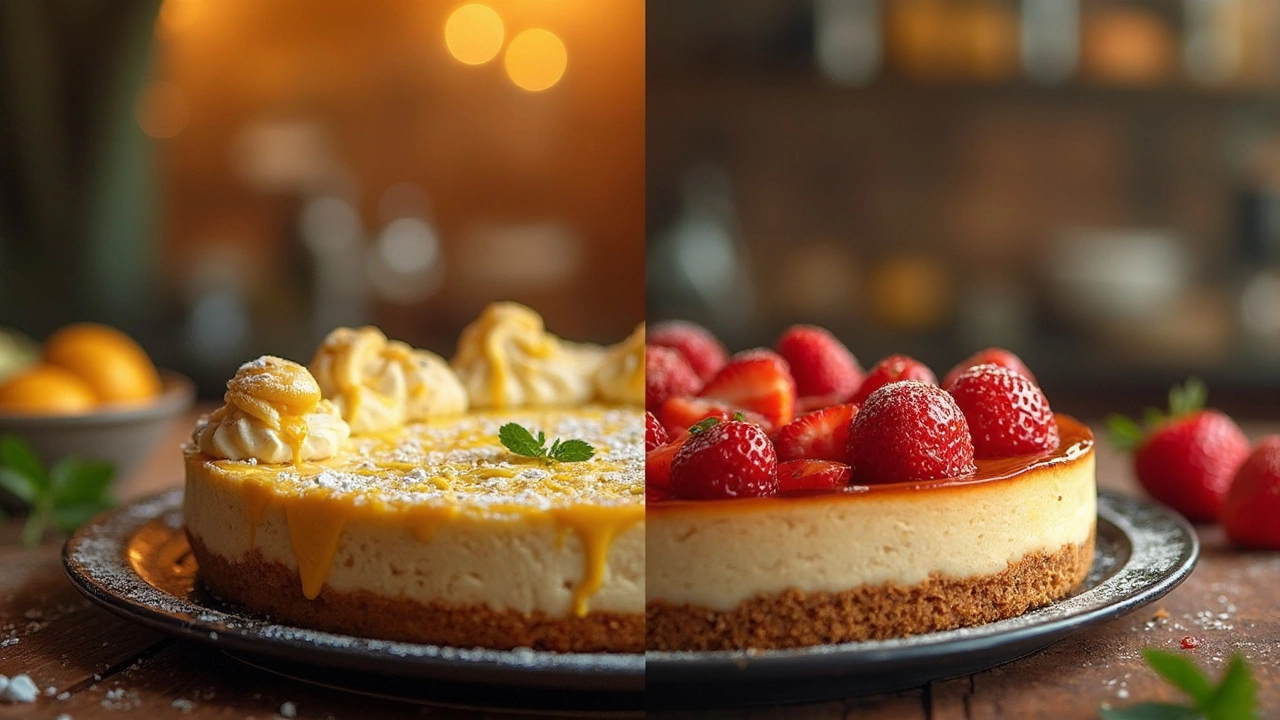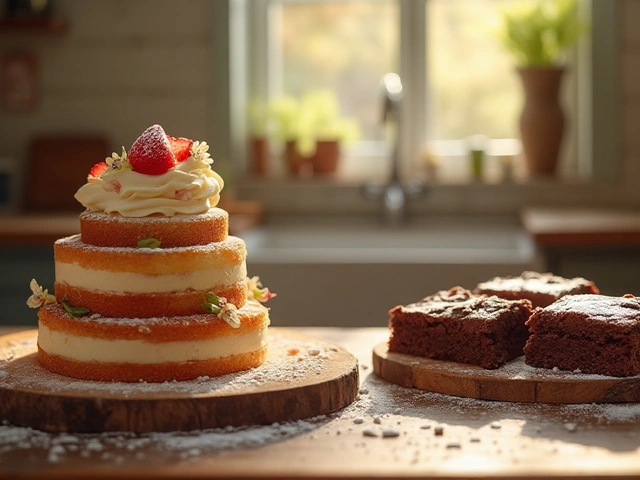Italian Cheeseseck: Classic Flavors and Easy Tips
If you love creamy desserts with a hint of Italy, you’re in the right spot. Italian cheesecake isn’t the same as the dense New York version – it’s lighter, often made with ricotta or mascarpone, and it lets you play with flavors like lemon, orange, and espresso. Below you’ll find the basics, a quick look at what sets it apart, and a couple of simple twists you can try tonight.
What Makes Italian Cheesecake Different?
First up, the cheese. Most Italian recipes use ricotta, which gives a fluffy texture and a mild taste. Some bakers swap in mascarpone for extra richness, especially in a tiramisu‑style cheesecake. The crust is usually a thin layer of digestive biscuits or graham crackers, not the thick, buttery base you see in American pies. Because the filling is lighter, you don’t need a long bake – a short 30‑minute stint in the oven does the job.
Another key point is sweetness. Italians like to let the cheese shine, so the sugar level is often lower than in U.S. versions. A splash of lemon zest or a drizzle of honey can add just enough brightness without overwhelming the flavor. If you’re thinking about going eggless, you can use a mix of cornstarch and a little extra ricotta to hold the filling together – the result is still smooth and firm enough to slice.
Easy Variations You Can Try Tonight
1. Lemon‑Ricotta Cheesecake: Blend 500 g ricotta, 150 g sugar, 2 eggs, zest of one lemon, and a tablespoon of lemon juice. Pour over a pre‑made biscuit crust and bake at 160 °C for 35 minutes. Let it chill for a few hours, then serve with a dusting of powdered sugar.
2. Tiramisu Cheesecake: Mix mascarpone with ricotta, add 2 tbsp espresso, a splash of coffee liqueur, and 3 egg yolks. Swirl in some whipped cream for extra lightness. Top with a dusting of cocoa powder and a few ladyfinger crumbs for that classic tiramisu feel.
3. Eggless Orange Cheesecake: Replace the eggs with 2 tbsp cornstarch mixed into ¼ cup water. Add orange zest and a spoonful of orange marmalade for a sweet‑tart punch. The cornstarch thickens the filling while keeping the texture creamy.
All these versions need a quick cool down in the fridge. That’s when the flavors meld and the slice firms up enough to cut cleanly.
If you’re curious about other Italian sweets, check out our post on the history of tiramisu or the story behind cannoli. Those desserts share the same love of rich cheese and bold flavor, so they’re great companions to a cheesecake night.
Finally, remember that a good cheesecake starts with room‑temperature ingredients. Let the ricotta sit out for 20 minutes before mixing – it blends more easily and gives a smoother result. Also, avoid over‑mixing; a few small lumps are fine and will disappear during baking.
Now you’ve got the basics, the differences, and a handful of quick twists. Grab a pan, preheat the oven, and give Italian cheesecake a try. It’s light enough for a summer dinner and indulgent enough for a weekend treat. Happy baking!

Italian Cheesecake vs Regular Cheesecake: The Real Differences Explained
Ever wondered why Italian cheesecake tastes so different from the classic slice you get at most bakeries? This article breaks down what really sets authentic Italian cheesecake apart from regular cheesecake. You'll learn about different cheeses, textures, and even a few tips on baking. Get the inside scoop on these two crowd-pleasers so you can pick (or bake) your perfect slice. If you love cheesecake, you’re in for some tasty details.
View More
Italian Cheesecake vs New York Cheesecake: Key Differences Explained
Curious why Italian cheesecake and New York cheesecake just don’t taste the same? This article lays out the major differences between these two classic desserts, including ingredients, textures, and baking styles. Learn what goes into each recipe and how the flavors stand apart. You’ll also find helpful tips if you want to try baking both at home. No more guessing which one to order or serve at your next get-together.
View More




